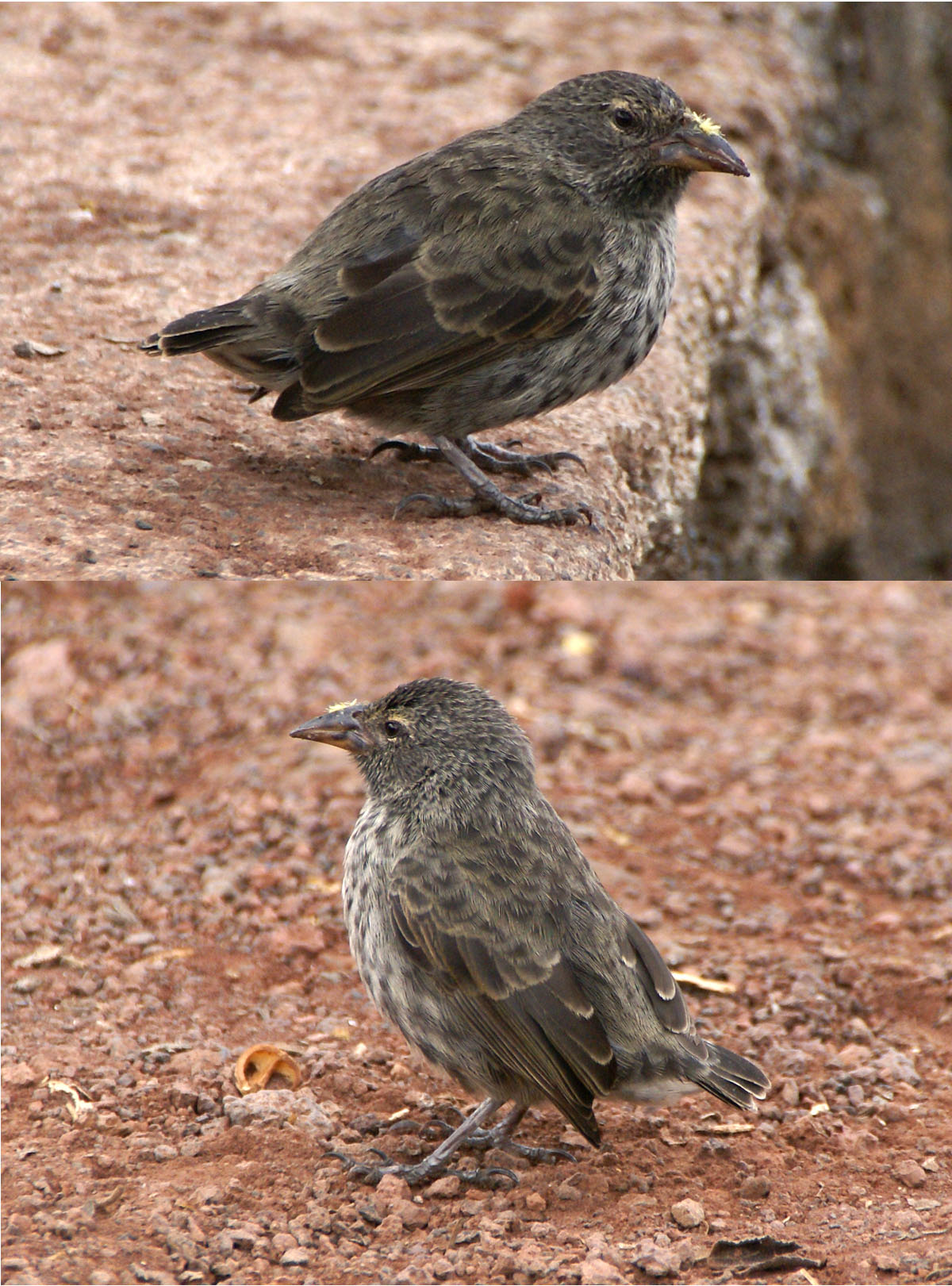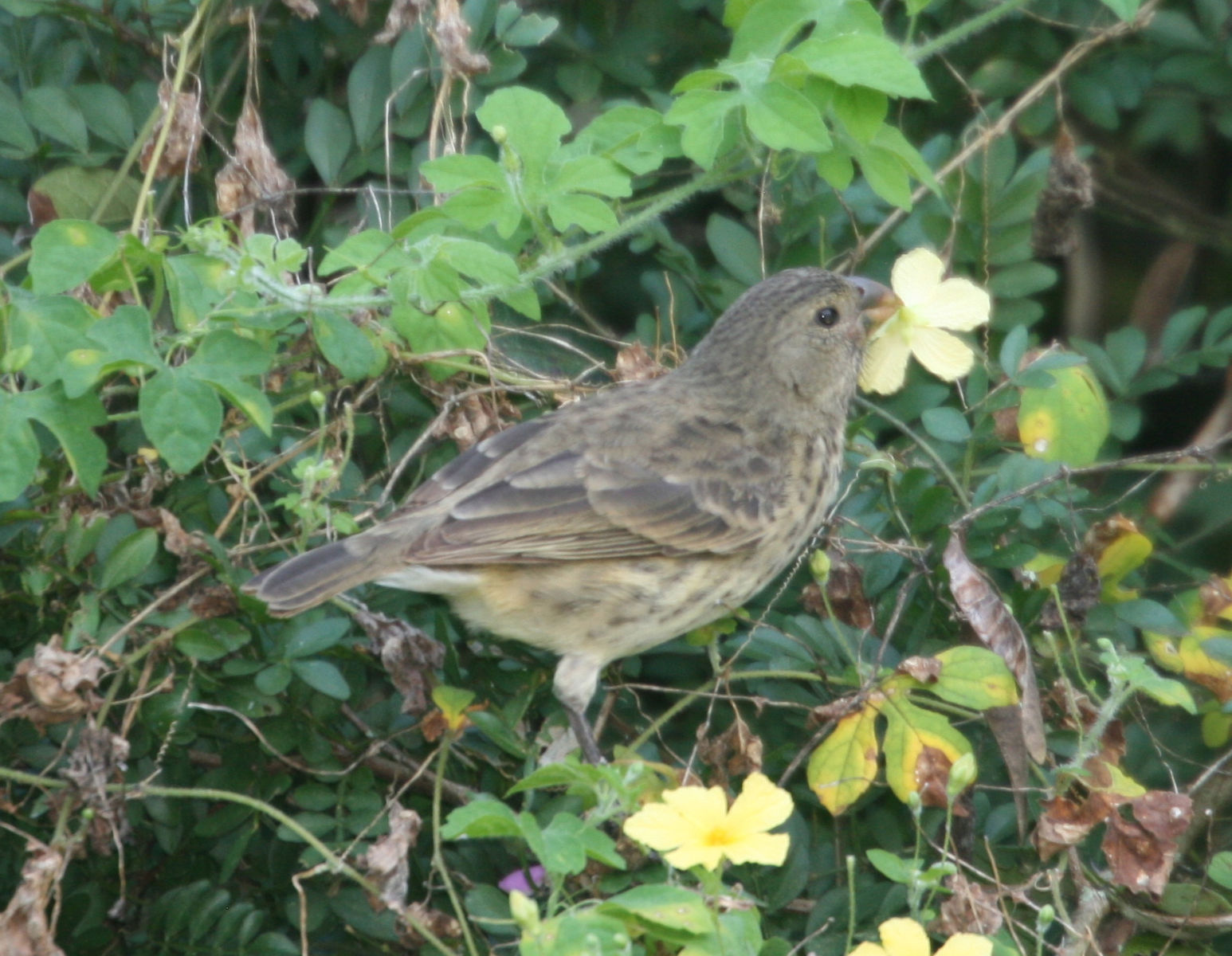Saving Darwin's Finches
Beak variations in Galapagos Island finches (credit: Wikicommons)
What does it take to save a species? Sometimes it can be as simple as a bit of cotton. Biologists at the University of Utah have devised an amazingly simple way to help finches, studied by Charles Darwin, survive predation from non-native flies that were unwittingly introduced to the Galapagos Islands by tourists.
When Darwin arrived in the islands he observed that each island had its own unique species of finch. After collecting specimens, he noticed that their beaks all differed. Each bird also had a different habitat and were dependent upon a different food sources. There were ground dwelling, cacti, shrub forested environments and each species displayed distinctive beak sizes and structures. From these ecosystem observations, Darwin pieced together his initial concepts that became the basis of his book, On the Origin of Species. The Galapagos finches had shown him the evidence of natural selection, an adaption process under environmental pressures. The science of evolution changed biology.


Darwin's ground and vegetarian Finches, Galapagos Islands, Ecuador (credit: Wiki-commons)
Unfortunately, these once remote islands have been experiencing increased visitation from tourists. The visitors have introduced a variety of non-native and invasive species, including some parasitic flies. The fly's larval maggots have invaded the birds nests feeding on baby chicks (and adults) often killing all hatchlings in a nest.
According to Dale Clayton, the lead biologist who led the study,
"the flies now infest all land birds on the Galapagos, including most of the 14 species of Darwin’s finches, two of which are endangered. Fewer than 100 mangrove finches remain on Isabela Island and only about 1,620 medium tree finches remain, all on Floreana Island. The nest flies have been implicated in population declines of all the Darwin’s finches, including these endangered species."
Clayton and his team devised a very clever way for the birds to protect themselves by providing cotton balls soaked in low concentrations of a bird-friendly insecticide within the cotton. The birds would use the cotton balls nest building material. The files were killed at the larval stage, baby birds were not affected, and populations have begun to increase.
More work is required to place the treated cotton balls around all the finches habitat but that's a small price to pay for a bird that initiated a modern science.
WHB